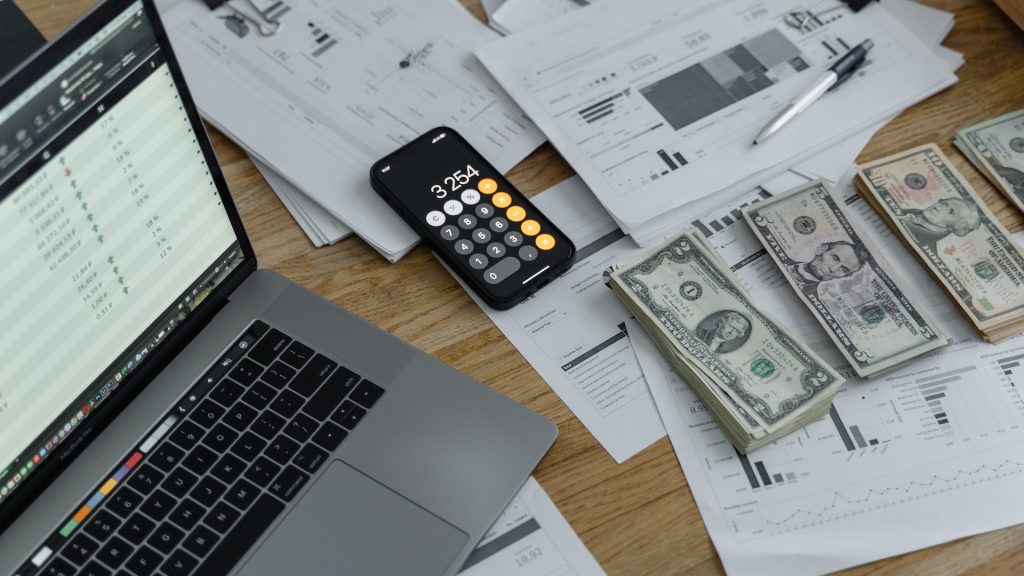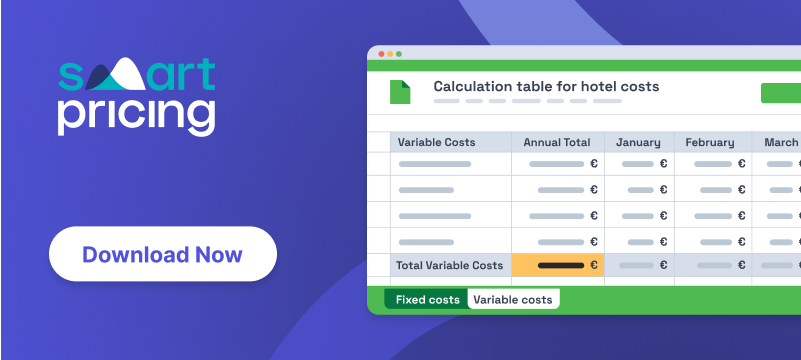
Do you know how much it costs your hotel to list a room? And how to analyze your fixed and variable expenses? Dive into this piece for a step-by-step breakdown − plus, we’ve included an Excel sheet to simplify your cost calculations.
NB: This is an article from Smartpricing
In the competitive landscape of the hospitality industry, understanding the true cost of a hotel room isn’t just beneficial − it’s pivotal. A precise calculation influences pricing strategies, ensures profitability, and strengthens the foundation of your business. Dive in to uncover how to decode these costs for optimal business decisions.
Subscribe to our weekly newsletter and stay up to date
The Hotel Room Pricing Scenario
Imagine an offer on the table: a tour operator agrees to buy all your unsold rooms for the year at €35 each, breakfast included. A fantastic proposition at first glance, guaranteeing almost full occupancy. But here’s the catch: is €35 for a room profitable for you?
To determine this, the critical question is: How much does it actually cost to have a room occupied versus leaving it vacant?
Dissecting Costs: Fixed vs. Variable
Every hotelier understands that expenses divide into two categories:
- Fixed Costs: These remain constant irrespective of occupancy. Examples include administrative personnel, reception staff, fixed utilities, TV subscriptions, and sales & marketing expenses.
- Variable Costs: These fluctuate based on guest occupancy. Examples include room utility consumption, laundry, room cleaning products, breakfast provisions, and periodic renovations.
For strategic simplicity, prioritize identifying variable costs and assume the remainder as fixed.
Want to get a detailed overview of your costs? Use our Excel sheet to calculate them: Download now

Calculating Room Cost
To optimize pricing, understanding the Average Cost per Room per Night (CostPAR) is paramount.
First, determine the Average Variable Cost by dividing the annual total of variable expenses by the annual total of rooms sold.
For the Average Fixed Cost calculation, two methods are available:
- Based on rooms sold
- Based on rooms available
While the former leans on historical data, the latter rests on the hotel’s static metrics, like the total number of rooms.
Combining both the average fixed and variable costs, you get the average room cost.
Here’s an example:
Take a 35-room facility spending a total of €150,000 per year in variable costs against 7,500 nights sold in the same period:
€150,000 / 7,500 = €20 Average Variable Cost per Room
If the same facility had total annual fixed costs of €325,000 we would have:
€325,000 / 7,500 = €43.30 Average Fixed Cost per Room per night
Using our example of selling at €35:
€43.30 (fixed, based on rooms sold) + €20 (variable) = €63.30
If the room costs €63.30 to maintain, and you’re only earning €35, it appears to be a loss. But, is it?
Consider this: The €35 covers the €20 variable cost, leaving €15. This leftover contributes to the fixed costs, potentially cutting your losses significantly, especially when calculated over unsold rooms for a year.
Final Thoughts
While the aforementioned scenario might be hypothetical, the principle remains: Understand the cost structure. There will be times when your hotel might not operate at a break-even point. However, with a precise understanding of variable costs, hotels can aim to offset fixed costs and maximize profitability.
To simplify calculations, grab our free Excel tool! It’s tailored to break down fixed and variable costs for your establishment. Download here!




